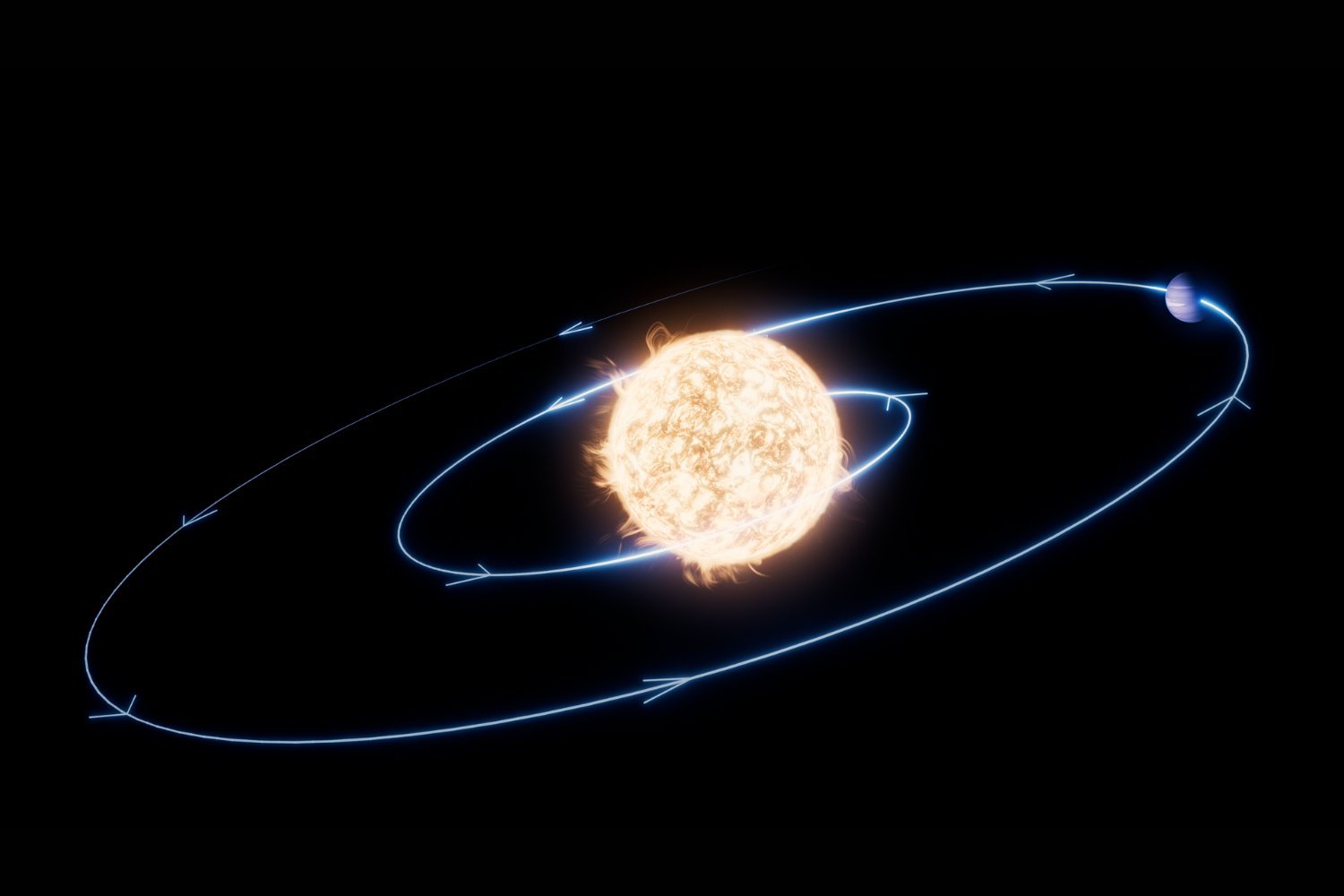The Cherenkov Telescope Array Observatory (CTAO), poised to become the world’s most powerful ground-based gamma-ray observatory, has recently received crucial approvals, paving the way for its construction. The European Commission’s establishment of CTAO as a European Research Infrastructure Consortium (ERIC) streamlines the telescope’s development and sets a framework for data distribution. This landmark decision signifies a major leap forward in our ability to study some of the universe’s most energetic and enigmatic objects.
Gamma rays, the highest-energy waves in the electromagnetic spectrum, emanate from extremely powerful cosmic sources like black holes, neutron stars, and supernovae. Surprisingly, they are also produced by terrestrial phenomena like thunderstorms. While scientists have identified the presence of these high-energy gamma rays in numerous astronomical events, their origins remain largely unknown. The CTAO aims to shed light on these mysteries.
The recent detection of the “BOAT,” the brightest gamma-ray burst ever recorded, further underscores the importance of understanding these powerful emissions. This extraordinary event, estimated to occur only once every 10,000 years, highlighted the extreme nature of gamma rays and raised intriguing questions about their sources. CTAO’s advanced capabilities will be instrumental in unraveling such cosmic puzzles.
The CTAO will comprise two telescope arrays: one on La Palma in the Canary Islands and the other at the European Southern Observatory’s (ESO) Paranal Observatory in Chile. However, a proposed industrial project near Paranal threatens the site’s exceptionally clear skies, crucial for deep-space observation. This development raises concerns about potential light pollution impacting the observatory’s effectiveness.
Gamma rays are absorbed by Earth’s atmosphere, but their interaction produces high-energy particles. These particles, traveling faster than light in air, emit a fleeting blue light known as Cherenkov radiation. The CTAO’s mirrors and high-speed cameras will capture these flashes, enabling scientists to trace gamma rays back to their cosmic origins.
With a global network of 64 telescopes (13 in the Northern Hemisphere and 51 in the Southern Hemisphere), CTAO will provide unprecedented insights into the high-energy universe. Both the data collected and the analysis software will be open-access, fostering collaboration and discovery within the astronomical community.
The first CTAO telescopes are slated for delivery in early 2026. While observations won’t begin this year, the recent approvals mark a significant milestone, setting the stage for construction and ushering in a new era of gamma-ray astronomy. CTAO promises to unlock groundbreaking discoveries, deepening our understanding of the most energetic phenomena in the cosmos.











